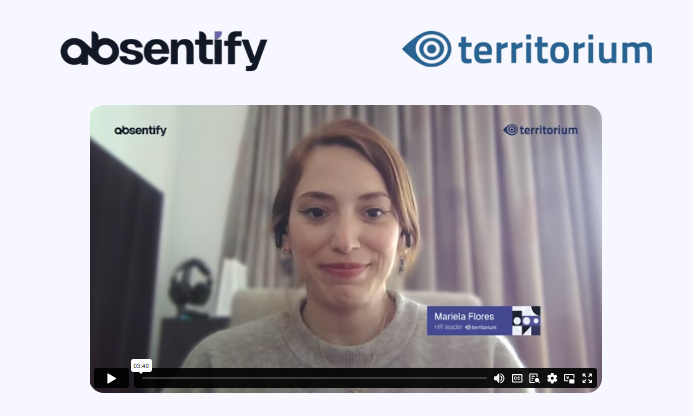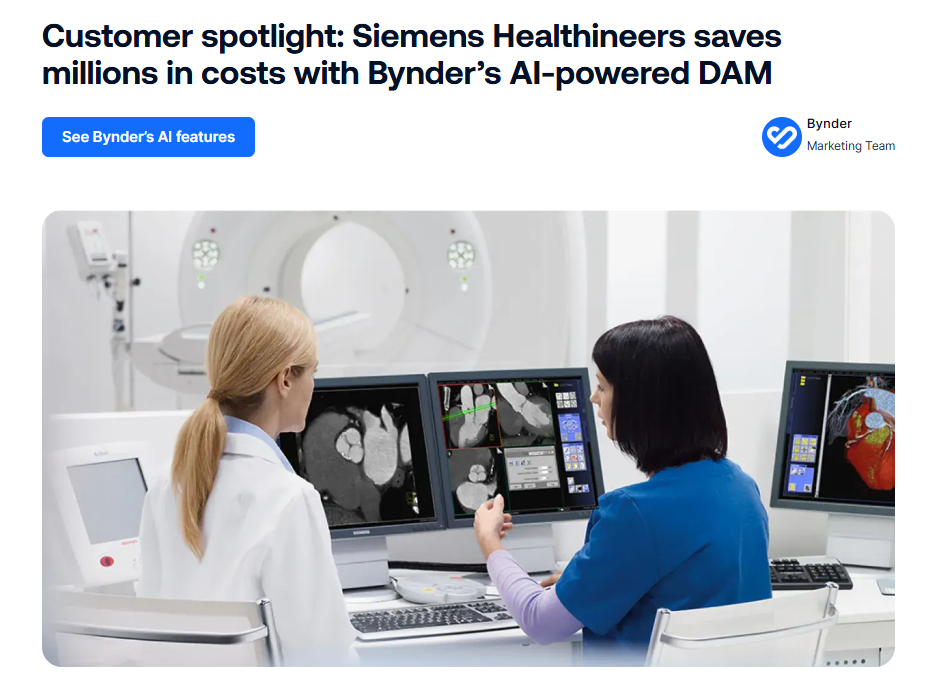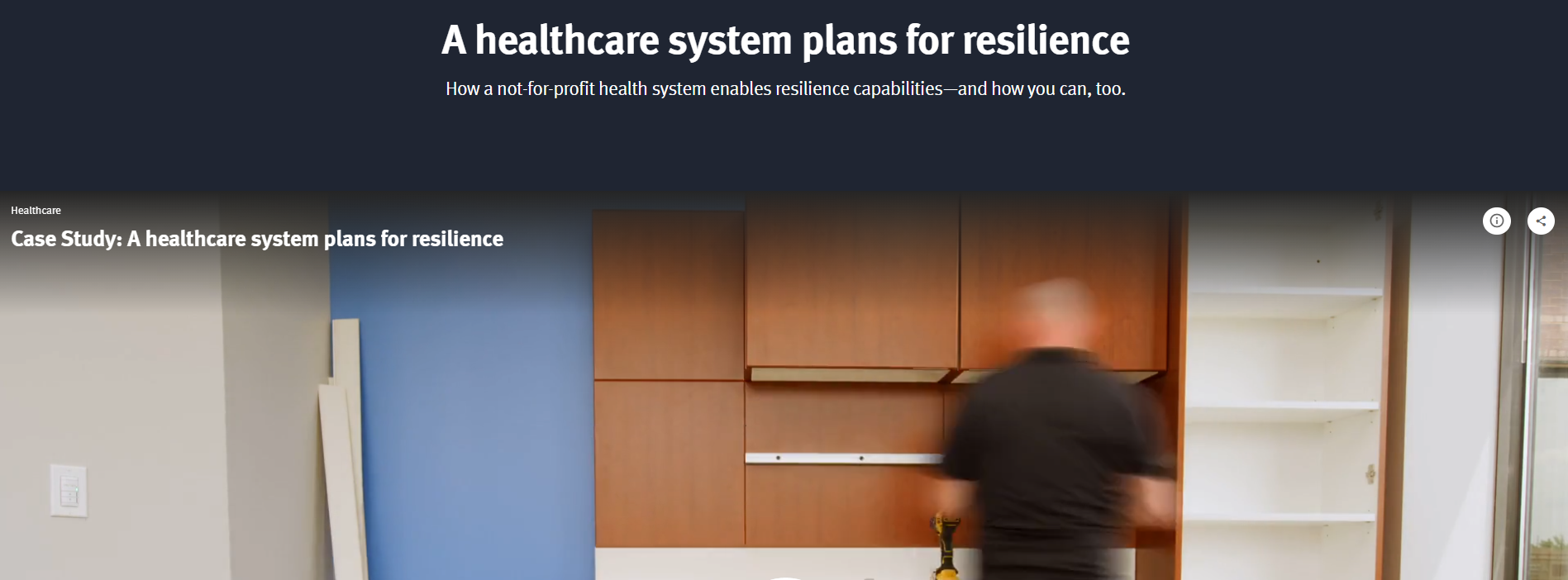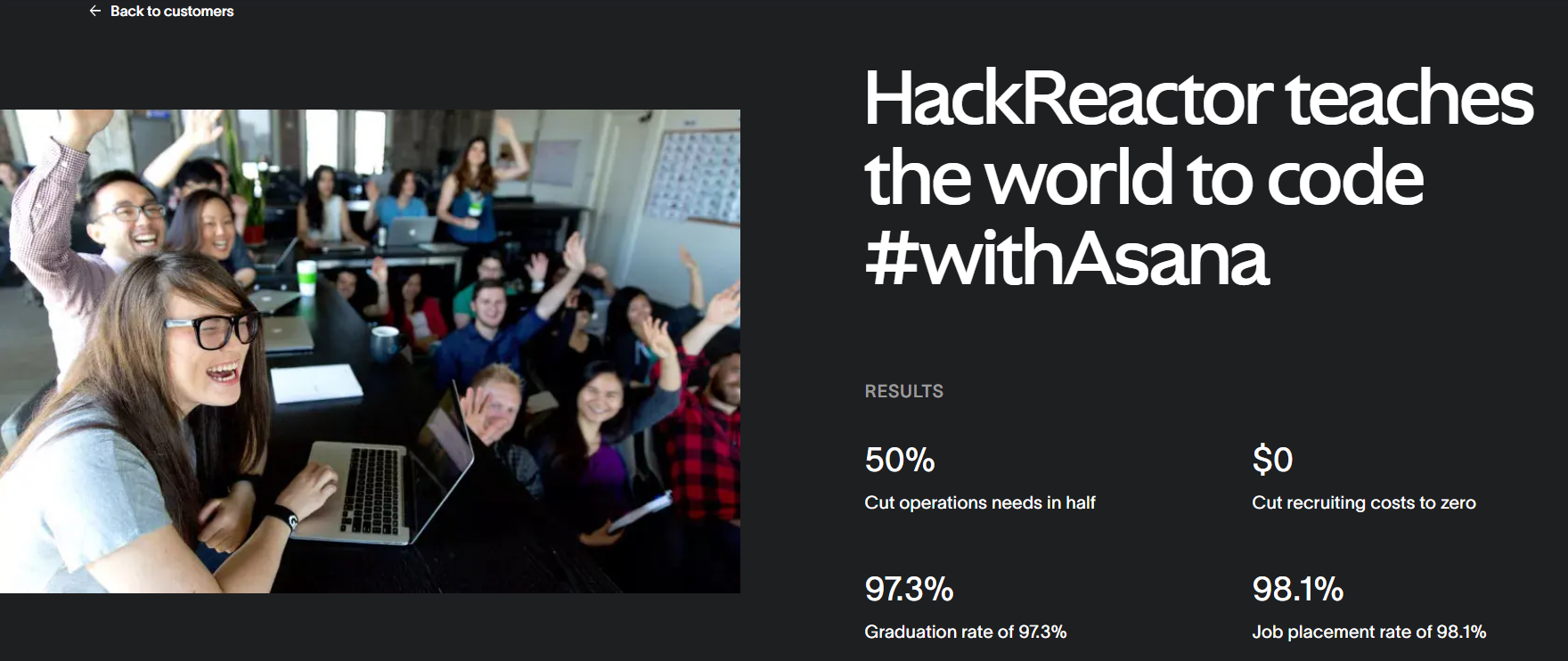Why Are These 7 Case Study Examples Getting Results?
By Nicolas Jacobeus on September 23, 2025

|
TL;DR:
|
|---|
A few months ago, a SaaS founder hopped on a call with us and said, dead serious:
“We’ve got good results… but if I write the case study myself, it’ll read like a tax form.”
Honestly? Respect. At least he knew.
We hear this all the time. Amazing outcomes, loyal clients, real impact, but zero bandwidth (or desire) to tell the story without making it sound like a sales deck or a sleep aid. And that’s where most case studies fall flat. They either oversell with cringey fluff or underwhelm with lifeless bullet points that read like a LinkedIn resume.
If you don’t trust us (yet), fair. So instead of telling you case studies work, we’ll show you what good looks like.
Here are 10 real examples, creative, conversion-worthy, and packed with proof, that just might change your mind.
What Are Case Studies? (And Why Should You Care?)
Let’s get one thing straight: when we say “case study,” we’re not talking about a 12-page PDF collecting digital dust or a glorified press release written for your CEO’s ego.
A good case study is a focused story about a real customer, solving a real problem, and getting real results, with your product as the quiet hero. It’s proof with personality. Think:
- The challenge they faced
- What they tried (and what didn’t work)
- How did your solution actually help
- And what happened next, backed by numbers, quotes, and the occasional mic-drop moment
Used right, case studies do more than tell a story. They build trust, shorten sales cycles, and give your buyers something better than “trust me bro.” They’re the receipts your prospects are looking for.
And if you're in SaaS, where everyone's claiming to "10x something," a solid case study is one of the few things that can cut through the noise.
What are the 7 Case Study Examples So Good, You’ll Copy Them?
We went down the rabbit hole, trying to answer what the best examples of case studies are.
Scrolling, skimming, and squinting through dozens of case studies. Some were brilliant. Others felt like homework. A few made us question if the writer had even spoken to the client.
As a team, we picked them apart, what grabbed us, what bored us, and what we’d never let slide in something we ship. The ones that made this list? They nailed the balance of story, substance, and style.
Here’s what stood out, and what you can steal.
1. Absentify × Territorium
https://www.saaspirin.co/work/absentify-territorium
Yes, we’re starting with one of ours. No, we’re not sorry, it’s a solid one.
When we spoke to Mariela Flores from Territorium, her HR team was doing what way too many global teams still do, tracking employee leave across multiple countries… in Excel. And not just one Excel. Multiple sheets. Different files. Different people. No central system. “It was taking us a lot of time,” she said. Understatement of the year.
The challenge
Territorium, with 12M+ users and teams across several countries, had zero visibility and tons of manual effort baked into a process that should have been simple. Leave requests were sent to multiple people, tracked in scattered spreadsheets, and riddled with opportunities for error.
The solution
They switched to absentify, a Microsoft-integrated leave management platform. Setup took less than a week. Adoption? Seamless. With help from onboarding videos and native Outlook integration, the HR team went from chaos to clarity practically overnight.
The results
-
70% reduction in admin workload
-
2 people now manage what used to take 5
-
Real-time visibility across teams
-
No more errors, missed emails, or “Who approved this?” moments
Why it works
Clear challenge. Tangible results. A real quote from a real person:
“We love it, to be honest.”- Mariela Flores, Talent Acquisition & Development Leader
What we did right with this one
-
Covered all content types: Video for visual learners, long-form text for deep readers, and punchy snippets for skimmers.
-
Structured for clarity: Clear Challenge → Solution → Results layout made it easy to digest at a glance.
-
Built for real attention spans: Whether someone has 90 seconds or 9 minutes, they’ll get the story and the value.
-
Flexible, repurposable format: Easy to share with sales teams, drop into decks, or feature in campaigns.
Picture your customer story here, told clearly, credibly, and ready to convert.
Let's Hop On a Discovery Call Real Quick.
2. Bynder × Siemens Healthineers
When we went through all the business case study examples, this one kept floating to the top; it’s sleek, data-rich, and smartly human.
Challenge
Siemens Healthineers, a global MedTech giant with 60,000+ employees, was drowning in outdated systems and disjointed asset silos. Finding files took forever, duplication ran rampant, and buying stock assets became a habit because their internal library was impossible to navigate.
Solution
They rolled out Bynder’s AI‑powered DAM platform: centralized, connected, and intelligent. AI-led search, duplicate detection, and seamless Microsoft integration turned scattered chaos into a streamlined system.
Results
-
€3.5 million saved in external asset costs
-
70% faster asset sharing across teams
-
15,000+ hours recovered from manual searching
-
30,000 users onboarded, all working off one source of truth.
-
Smart AI tools (duplicate finder, similarity search) minimized waste and maximized reuse.
Why it works
-
Big, bold metrics that catch attention
-
Human angle: easy-to-use, scalable system
Client voice:
“The usability of Bynder was the key USP for us… the transparency it enables… provides real peace of mind.”- Andre Koegler, Head of Digital Strategy.
3. Thinkific × Agents of Change
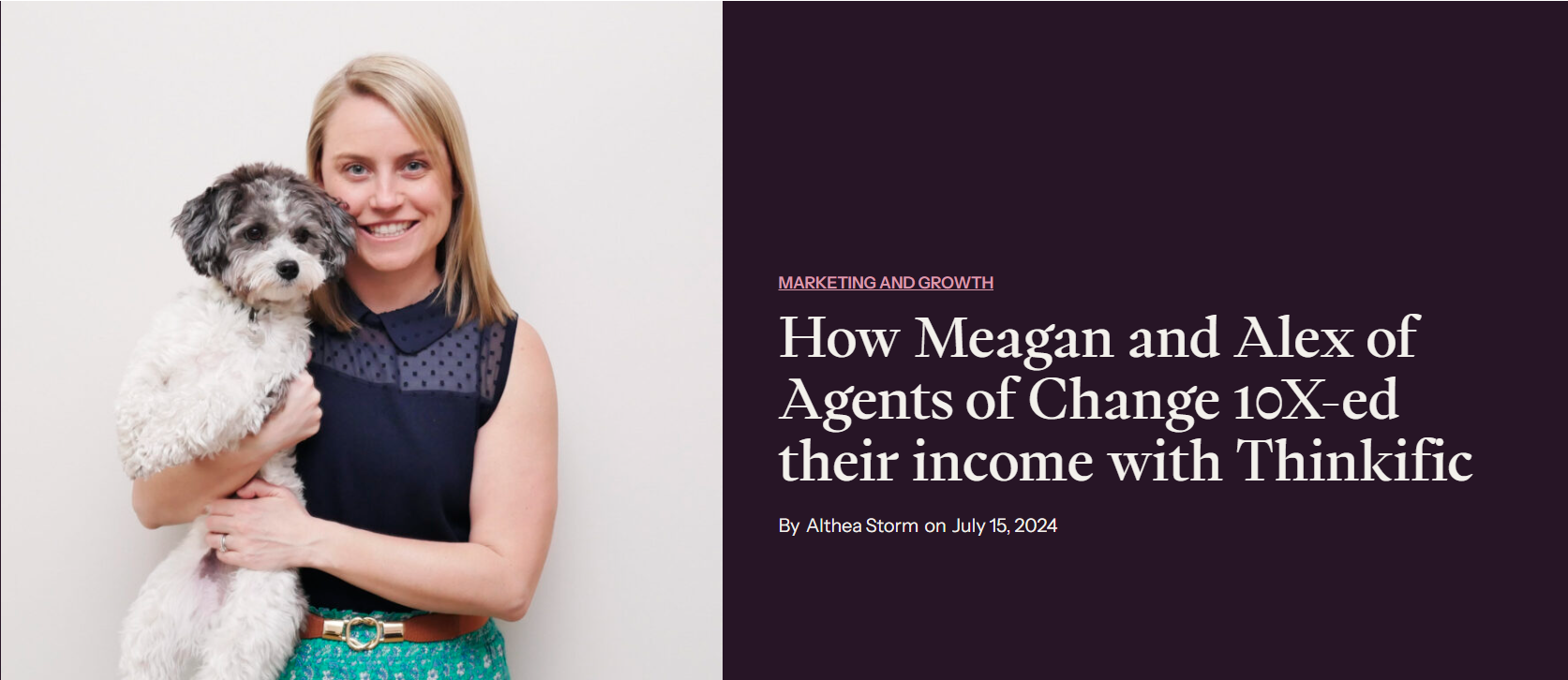
Thinkific helped Meagan and Alex of Agents of Change supercharge their business, and they’ve told the world about it. Let’s dig in.
Challenge
Meagan, a licensed clinical social worker, and her husband Alex started tutoring in 2020 but struggled with outdated, expensive exam prep materials for the ASWB license. They began with PDFs on Gumroad but soon faced limitations in features and format.
Solution
They moved to Thinkific, gaining a flexible platform that offered:
-
Quizzes, mobile app integration, and accessibility features (like captions)
-
Bite-sized modules and community tools tailored to diverse learning needs
-
A branded mobile app, so learners can study anywhere ([turn0search0])
Results
-
10× growth in annual revenue after switching from Gumroad to Thinkific
-
A versatile platform that supports multiple content types and accessibility, perfect for varied learning styles
Why it works
This isn’t just a software play; it’s a full story of growth, empathy, and smart platform choice. They showcase a genuine problem, a real solution, and a massive win, all in their own words and voice.
What we loved
-
Simple narrative: clear progression from challenge → solution → result
-
Authentic quotes: Meagan reflects on outdated content and diverse learner needs
-
Proof of scale: financial uplift plus platform flexibility in one package
4. Herman Miller × Healthcare System
This one case study video stood out to us among other case study samples, far from flashy marketing, it’s a strategic, deeply human story of sustainability, savings, and long-term thinking.
Challenge
A large Catholic health system with thousands of care sites across the U.S. wanted efficient, flexible facilities aligned with both environmental stewardship and financial responsibility. Their existing setup was fragmented, each clinic had different furniture, no standardized assets, and no process to repurpose or reuse, leading to waste and high costs.
Solution
They partnered with Herman Miller and OfficeWorks to implement a “kit of parts” modular furniture system. The team established national standards while allowing local variation, developed a repeatable installation and reuse process, and ensured adaptability across all locations.
Results
-
Saved 50%+ on furnishing costs by reusing casework and components
-
Achieved 33% faster build-outs, allowing clinics to open sooner
-
Prevented any project waste from reaching landfills, full repurposing, and zero disposal
Why it works
It’s not just a furniture story; it’s about resilience, process, and environmental responsibility. The narrative connects strategy (standards), savings, and sustainability, all held together with real metrics and meaningful impact.
What we loved
-
Big-scale storytelling: Multiple sites, moving parts, true organizational complexity
-
Expository clarity: You can follow the storyline even without visuals
-
Proof-packed: Cost savings, speed gains, environmental wins
5. Hack Reactor × Asana
This one which is a case study example, caught our eye because it’s a real-world lesson in turning operational chaos into scalable efficiency, all detailed in crisp, compelling storytelling.
Challenge
As Hack Reactor grew, from one campus to six and more than 200 staff and students, its CEO, Tony Phillips, realized he couldn’t rely on memory and verbal handoffs anymore. He needed a centralized system to ensure the same quality and attention to detail across locations.
Solution
Tony turned to Asana. They moved process documentation, templates, and workflows, from course development to facilities to HR, into Asana. They even used Asana’s API to automate project setup via a tool they call "Show Runner".
Results
-
50% reduction in operation costs
-
$0 recruiting costs
-
97.3% graduation rate and 98.1% job placement rate.
Plus: Asana became the command center for EVERYTHING, from performance reviews to plant watering schedules.
Why it works
They start with undeniable results. Then they show exactly how those numbers came to be, with a CEO's voice, scalable system details, and a tool they built on top.
What we loved
-
Immediate impact: stats front and center, no scrolling needed.
-
CEO quote: adds authenticity and insight into leadership mindset.
-
Busy-reader appeal: modular frameworks, templates, and API automation add real-world value.
6. Workday × Evisort
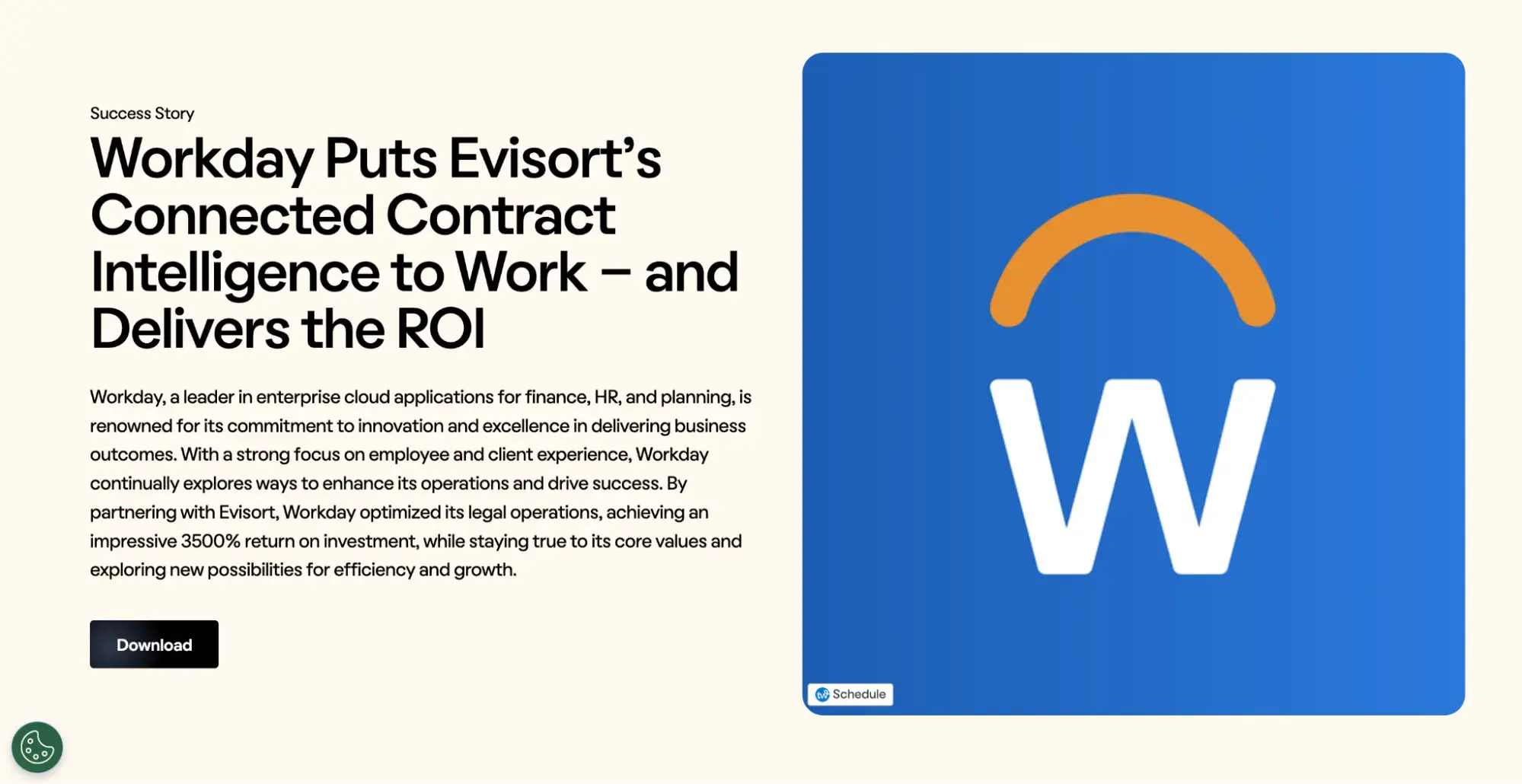
This case study cuts straight to the chase among other best case study examples: when you automate contract data, you don’t just save time, you can achieve mind-blowing ROI.
Challenge
Workday’s worldwide legal operations team was manually hunting down contract clauses across hundreds of thousands of documents, an exhausting, error-prone process that ate up legal bandwidth and slowed decision-making.
Solution
They deployed Evisort’s AI-driven contract intelligence platform, which quickly ingested and analyzed vast volumes of contracts. Evisort integrates seamlessly with Salesforce and other systems. The team implemented an internal model where support levels ranged from legal ops administrators to power users and platform champions within Workday teams.
Results
-
3,500% ROI, as measured quarterly by comparing platform costs to outsourcing expenses
-
Massive time savings: tasks that once took weeks in outsourced reviews were resolved in under a day
-
Workflows seamlessly connected across systems like Salesforce, speeding up access to critical contract data
Why it works
• Immediate alarm: The headline ROI number grabs attention.
• AI + human system: Demonstrates AI-on-its-own doesn’t cut it, you need people too.
• Real-world scale: Clearly defined use cases, integration depth, and organizational buy-in.
What we loved
-
Bold, quantifiable results front-loaded make it impossible to ignore.
-
Structured process explained how they set up user tiers, and platform champions boosted adoption.
-
Compelling narrative: connects AI impact to human experience with fast, accurate results.
7. Twinkle Twinkle Little One × Shopify POS
This one testimonial example hits hard, there’s no fluff or feature fog, just a clear before‑and‑after story powered by outcome.
Challenge
Chicago’s upscale baby boutique, Twinkle Twinkle Little One, sold online and in-store using disconnected systems. QuickBooks POS didn’t sync with Magento e‑commerce, forcing the team to manually reconcile inventory, leading to oversells, refunds, and admin headaches
Solution
The founders switched everything to Shopify POS integrated with QuickBooks Desktop. They migrated over 25,000 SKUs and connected store and online systems in one seamless platform
Results
-
80% YoY revenue growth since the migration
-
Greater operational clarity: unified sales, inventory, and financial reporting
-
No more reconciliation work, oversells, or manual inventory checks
Why it works
It’s the classic “pain → fix → payoff” narrative, simple, direct, and instantly relatable. Plus, it targets SMBs who need practical, immediate solutions, not enterprise jargon.
What we loved
-
Stat-packed opener: 80% revenue lift grabs attention right away
-
Clear transformation: from clunky manual work to one cohesive system
-
Founder quote: gives human voice and credibility to the story
What Industries Benefit the Most From Examples of Case Study?
Short answer? Almost all of them.
Longer (and more useful) answer? Some industries get massive ROI from case studies, especially when trust, education, or long sales cycles are involved.
We’ve worked with brands across dozens of sectors, but a few stand out where case studies don’t just help, they sell. If you’re in any of these spaces and not using client stories strategically, you’re leaving credibility and conversions on the table.
Let’s break them down.
1. Technology & SaaS
Why they work: Buyers don’t just need to know what your product does, they need to see how it fits into real workflows.
SaaS buyers want to know:
-
Will this integrate with my stack?
-
Will my team actually use it?
-
Will it drive ROI?
A strong case study shows your software in action, reducing churn, speeding onboarding, improving outcomes, and building trust for both new features and new customers. Especially powerful for product-led growth and sales-assisted motions.
2. Professional Services (Consulting, Legal, HR, Agencies)
Why they work: Your value isn’t in a product, it’s in your process, people, and ability to solve nuanced problems.
Case studies give prospects a clear picture of:
-
How you think
-
How you approach challenges
-
What results can you deliver
They’re often the difference between sounding “like everyone else” and actually standing out in a proposal or pitch. Perfect for referral-based businesses looking to scale trust beyond word-of-mouth.
3. Healthcare & HealthTech
Why they work: Clinical outcomes, compliance, and operational efficiency all need proof, not just claims.
Healthcare buyers face regulatory pressure and complexity. A case study answers:
-
Does this reduce staff burden?
-
Can it improve patient outcomes?
-
Is it compliant and scalable?
When you need to convince both IT and clinical stakeholders, a real-world story that shows measurable impact goes further than feature sheets ever could.
4. Education & EdTech
Why they work: Administrators are inundated with “innovation,” but skeptical about actual classroom impact.
Case studies demonstrate:
-
How adoption happened across roles (teachers, students, admins)
-
Real learning or engagement results
-
Proof that the tool supports, not disrupts, educational outcomes
They're especially useful when procurement decisions are made by committee and require clear, relatable wins.
5. Financial Services & FinTech
Why they work: Trust is everything. And the risk is high.
When you’re asking someone to shift their workflows, data, or money management, you need more than a product tour. Case studies validate:
-
Security and compliance standards
-
Real-world savings or ROI
-
Time saved across operations or reporting
Essential for navigating long procurement cycles, building trust with legal and IT, and showing traction in conservative markets.
6. Retail, DTC & eCommerce
Why they work: There’s a sea of sameness—tools, platforms, and promises sound identical.
A case study breaks through by showing:
-
Increased conversion or AOV
-
Improved inventory accuracy
-
Streamlined omnichannel operations
They're ideal for showing how backend tools (POS, ERP, CRM) translate into real business outcomes like revenue lift or operational clarity.
What Are the Key Components of a Successful Case Study?
Good case studies don’t just talk about results; they build trust, tell a story, and make your buyer see themselves in the win.
After reviewing (and creating) hundreds of them, here’s what we know separates forgettable case studies from the ones that actually convert:
1. A Real, Relatable Customer
Start with someone your prospects can see themselves in. Big brand logos are nice, but clarity and specificity matter more. Show their size, industry, challenge, and role, so your reader knows, “this sounds like us.”
2. A Clear Problem (with Stakes)
Describe the challenge they faced before you stepped in. Don’t sugarcoat it, show the pain. The more specific the friction, the more compelling the story becomes.
3. A Thoughtful, Human Solution
Here’s where you walk through what you actually did, without diving into a feature list. Instead, focus on how your product or service solved the problem. Use real team actions, decisions, or frameworks when possible.
4. Tangible, Trustworthy Results
Now’s the time for numbers. The more concrete, the better:
-
Time saved
-
Revenue gained
-
% lifted
-
People impacted
If you can’t quantify, qualify: include quotes or describe what’s better now in a way that feels real.
5. Customer Voice (Quotes Matter)
Add real words from real people. Not polished testimonials, actual pull quotes that sound human. A strong quote does more than praise; it adds color, credibility, and emotion.
6. Visual or Structural Clarity
Whether it’s a written doc, PDF, or video, it needs to be scannable. Use:
-
Challenge → Solution → Results breakdowns
-
Pull quotes
-
Graphs, visuals, or even a short video snippet
Think content that works for both skimmers and deep readers.
7. A Clear Takeaway or CTA
Close it with clarity: What should the reader do next? What’s the main thing they should remember? Whether it’s “Book a demo” or “Imagine this with your story”, don’t leave the reader hanging.
Also Read- 10 Case Study Questions to Uncover Insights and Win Clients.
Or... Take the Easier Way
Sure, you could check off all seven components yourself, interview the client, pull quotes, wrangle results, write the thing, format it, and make sure it’s actually good.
Or you could get an expert team to do it for you.
At SaaSpirin, we turn your customer wins into strategic case studies that actually move the needle, without eating up your team’s time. From outreach to final asset, we handle the entire process using our proven TRUST Framework™.
-
Real interviews, not generic templates
-
Long-form, short-form, and video formats
-
Clear, compelling narratives backed by proof
-
Built for marketing, sales, and brand trust
Want a story your future customers will believe, and act on?
Let’s build it together. Book a call →
Frequently Asked Questions
How do you write a case study?
Start with case research, gather relevant information, and follow a clear case study format. Use concrete examples and customer success stories to add credibility. A great case study blends strategic insights, content marketing, and blog-ready storytelling to resonate with potential clients and social media audiences.
What are the 4 parts of a case study?
A strong case study includes: the problem, solution, results, and strategic insights. This structure helps potential customers easily understand value. Use customer service examples, data analysis, and bright colors for clarity. Following case study templates ensures you’re following best practices for content marketing and blog post success.
What are the different types of case studies?
Types of case studies include exploratory, explanatory, descriptive, and intrinsic. In content marketing, these formats help target specific audiences, whether highlighting a McKinsey-style strategy or a GitHub workflow. Choosing the right type helps present a holistic approach and engage potential clients with relevant information and concrete examples.
What is the format of a case study?
The best case study format starts with context, followed by challenge, solution, and measurable outcomes. Add blog-friendly visuals, bright colors, and data analysis to make it shareable across social media. Keep it clear, concise, and aligned with content marketing best practices to attract potential customers.
Where do you find data for a case study?
Use customer service records, analytics, surveys, and tools like GitHub for performance data. Combine these with interviews to gather strategic insights. Great case studies use data analysis plus blog post context to provide relevant information that potential clients actually care about.
What’s your favorite, most thorough marketing case study?
One standout case study example is from McKinsey, showcasing a holistic approach to digital transformation. It combines concrete examples, analytics, and strategic insights, making it a great job in both storytelling and content marketing. It’s blog-worthy and full of lessons for customer success stories.
What makes a case study persuasive and impactful?
A great case study is specific, visual, and story-driven. Use case study templates, bright colors, and concrete examples to show results. Strategic insights, customer success stories, and a blog-friendly tone increase trust. Data analysis and relevant information help persuade potential customers and social media followers alike.
How do you choose the right subject for a case study?
Pick a customer story with measurable results and a clear journey. Ideal candidates show customer service wins, unique use cases, or standout analytics. Use content marketing logic: choose stories that resonate with potential clients and fit your blog and social media strategy.
What are common mistakes to avoid when writing a case study?
Avoid vague results, lack of data analysis, or skipping customer quotes. Don’t make it a product pitch. A great case study uses strategic insights, case study format best practices, and concrete examples. Always tailor it for your blog post audience and social media engagement.
You May Also Like
These Related Stories
How to Do a Case Study When You’ve Never Written One?
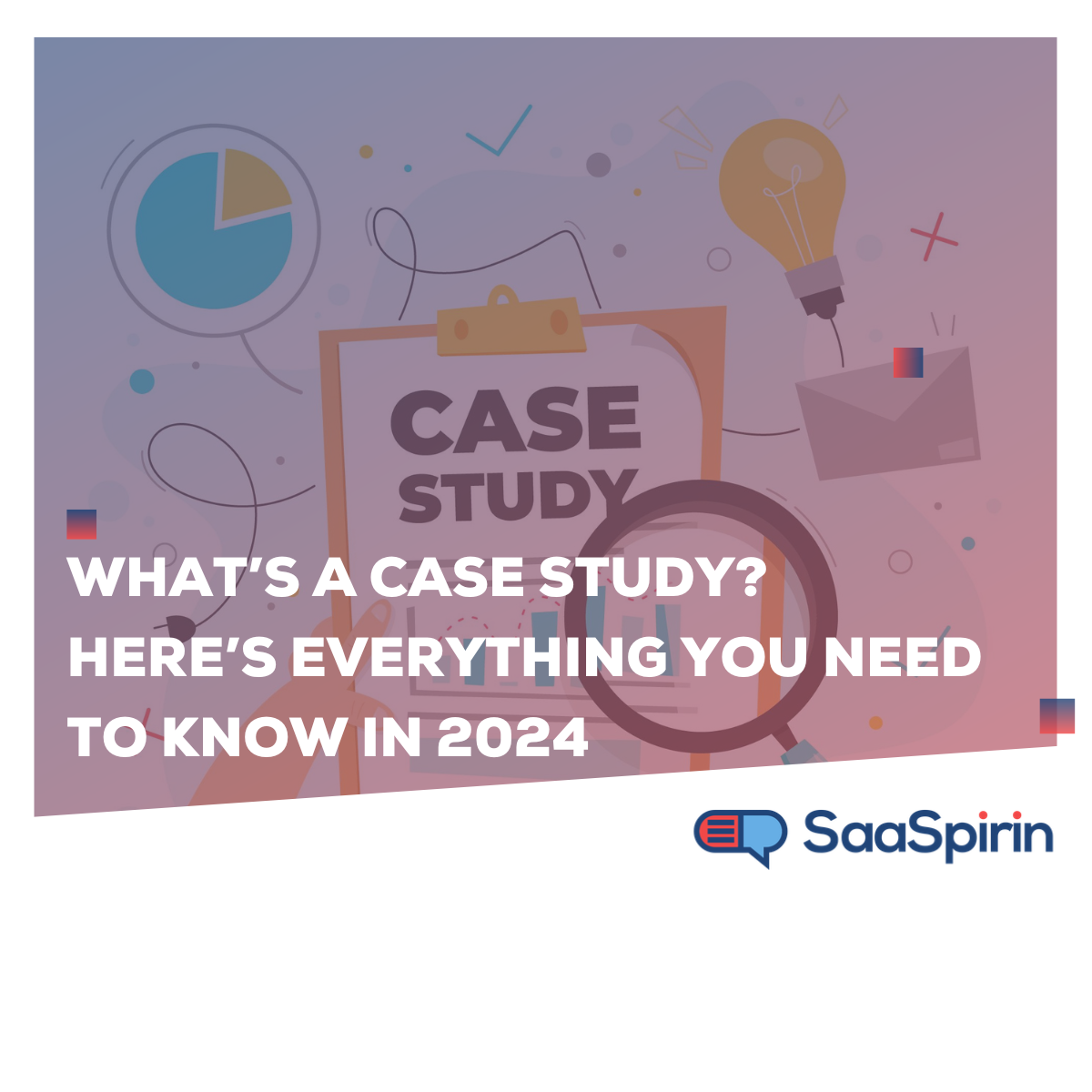
What’s a Case Study? Here’s Everything You Need to Know in 2025

